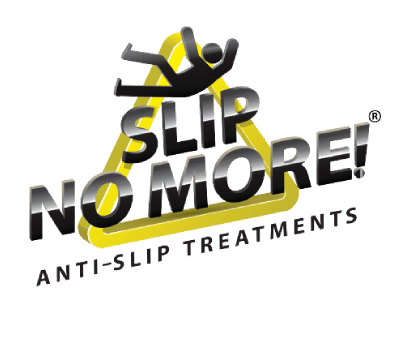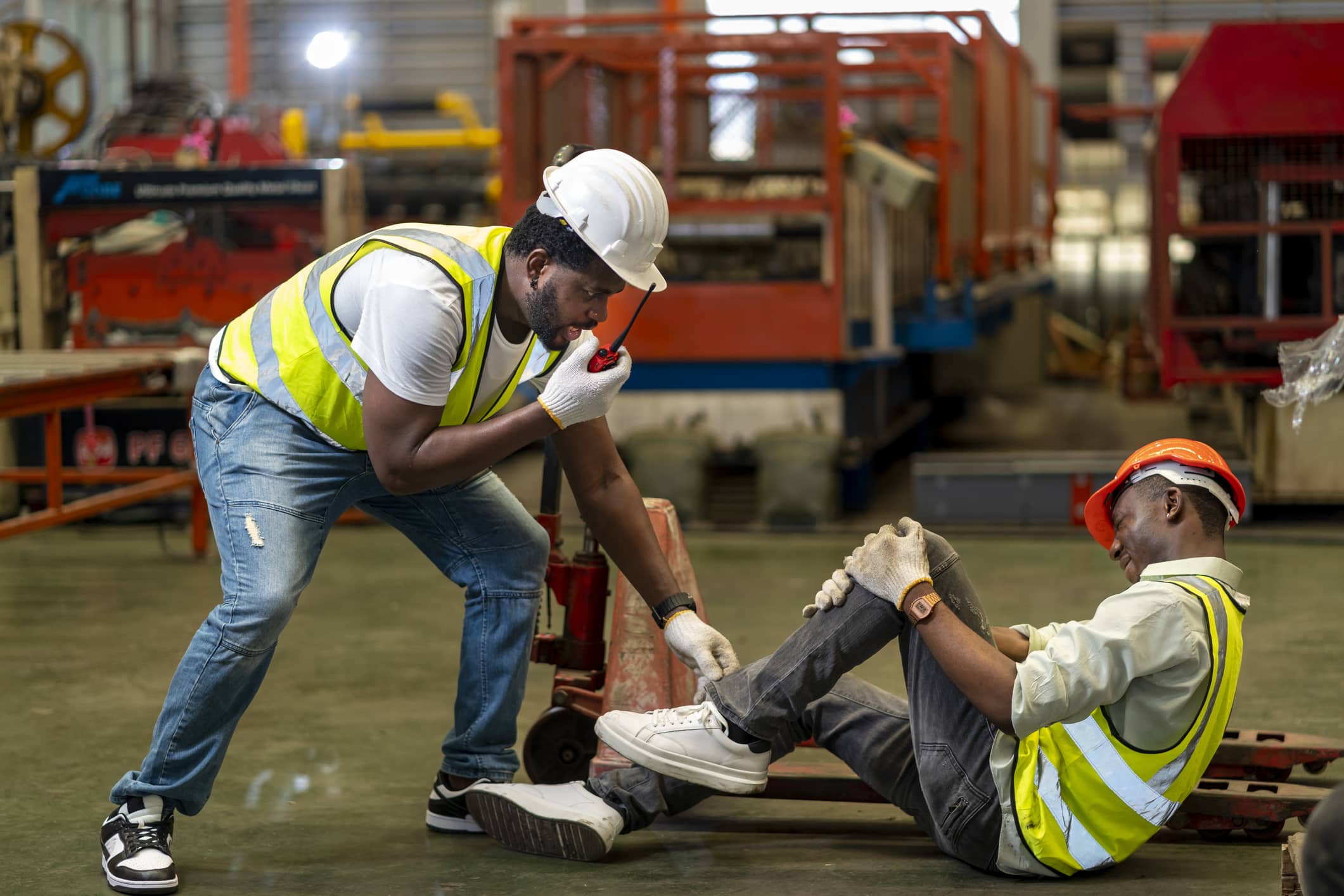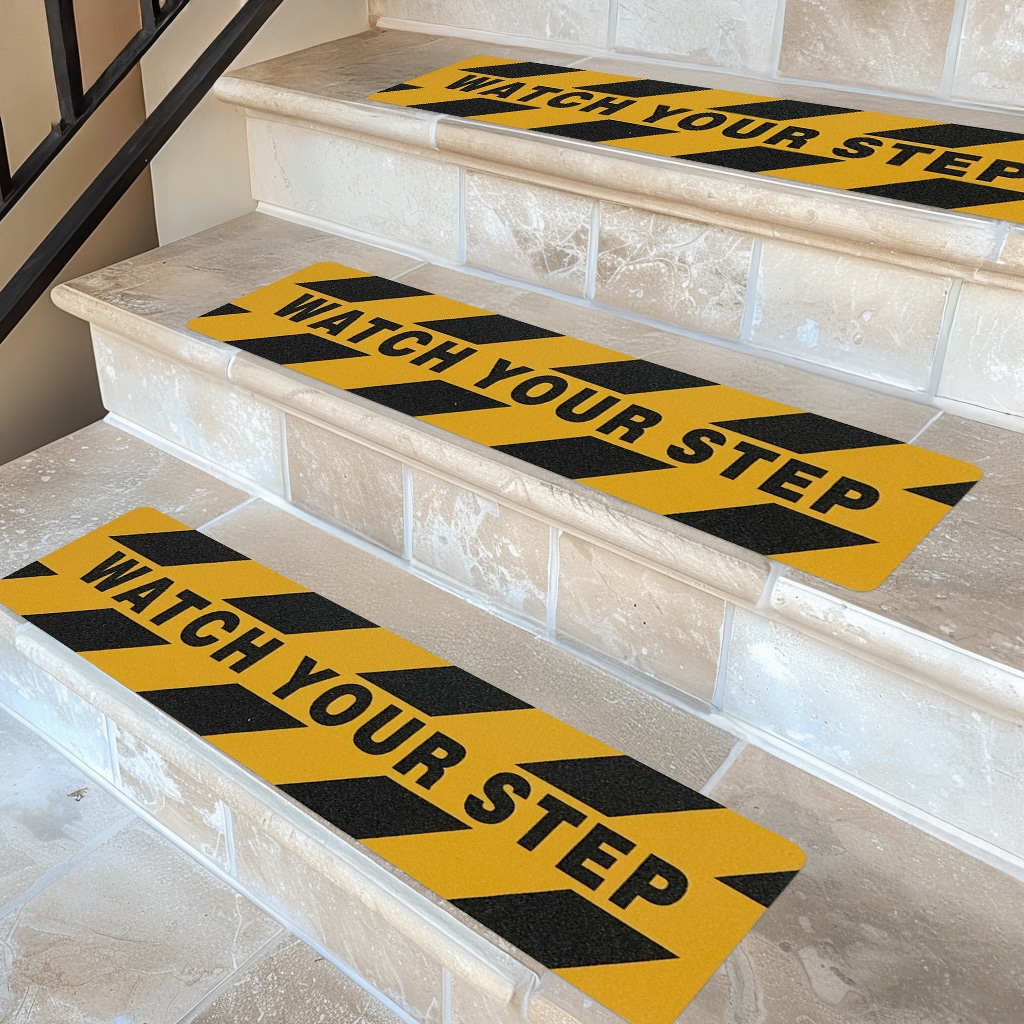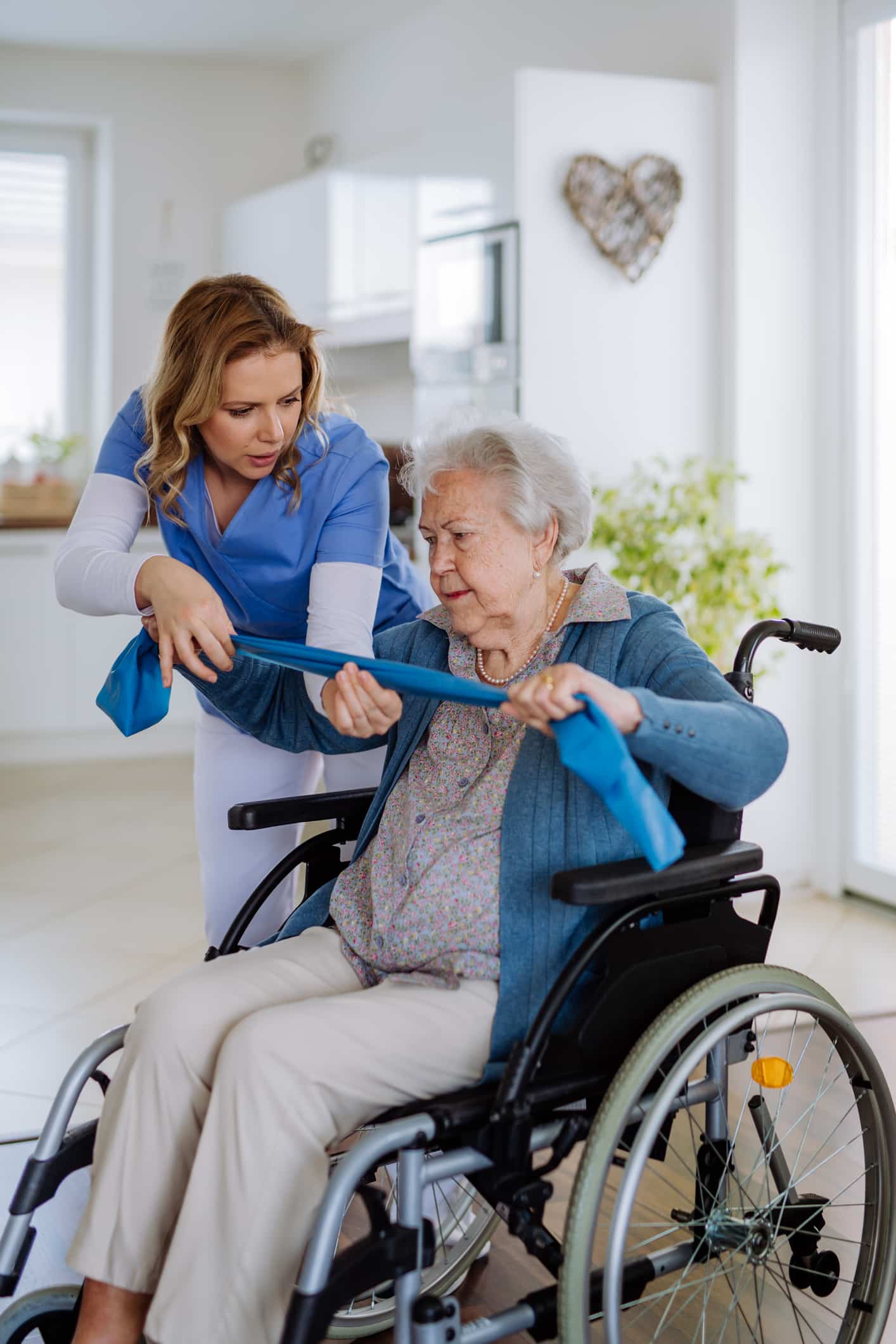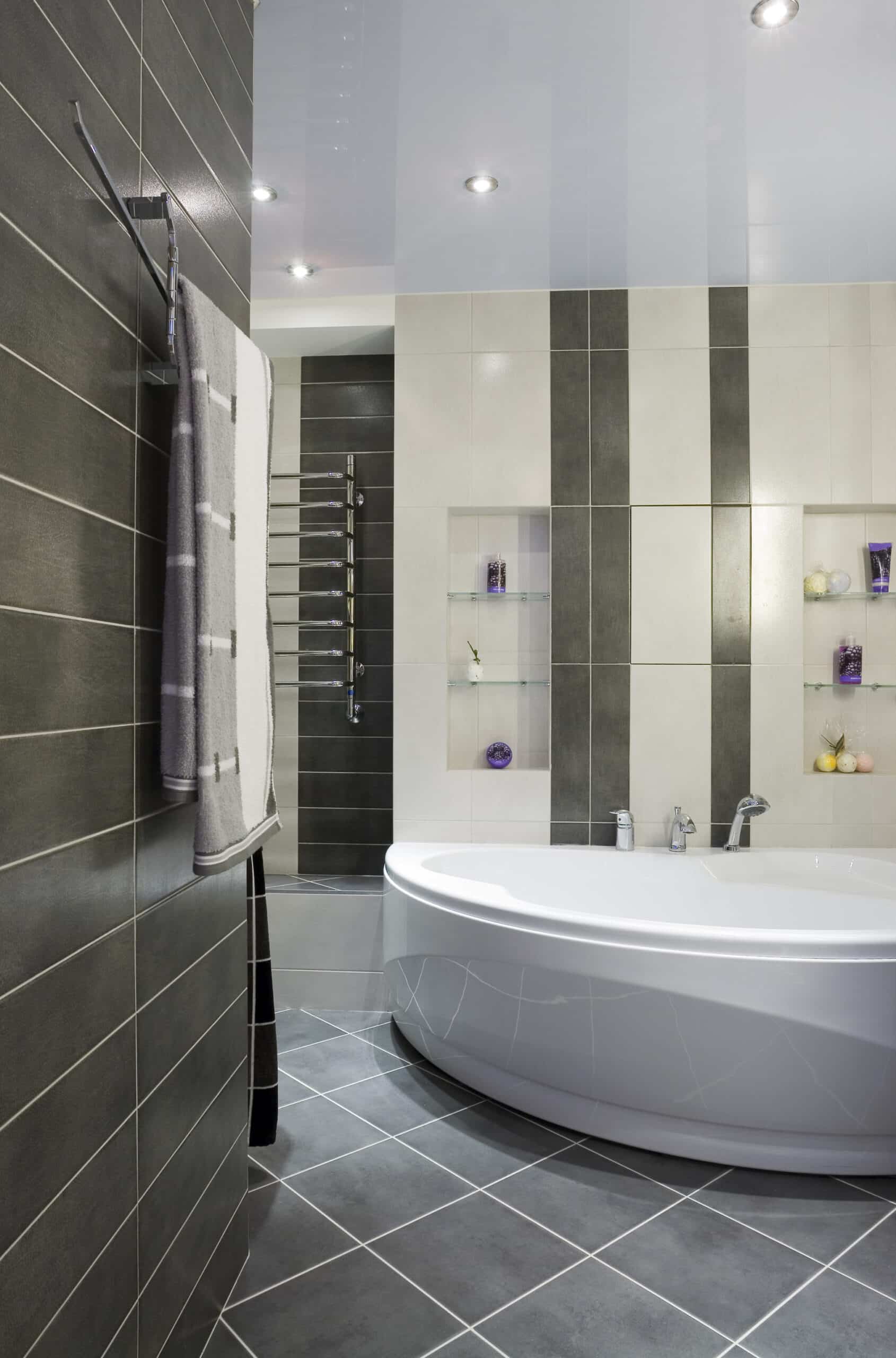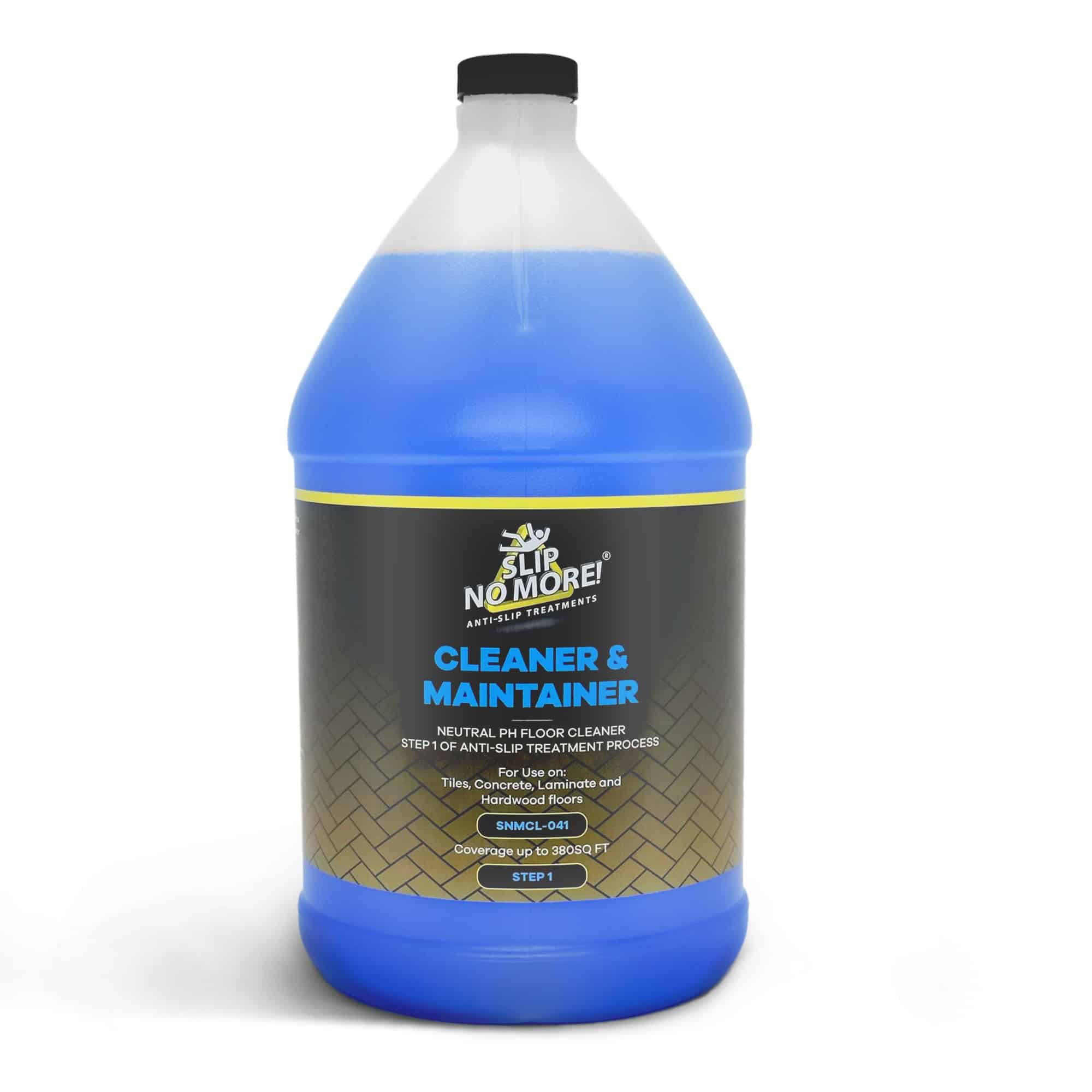When it comes to floor safety and how to find trip and fall hazards, prevention is better than a cure. It is really important that you inspect your facility to look for any potential trip and fall hazards that could be avoided. If you are aware of the places that need attention, you can then move towards solving those issues to improve your floor safety.
Take a walk through your facility and take special notice of the following areas:
- Production Areas
- Fluid Transfer Areas
- Fleet Maintenance and Washdown Areas
- Warehouses
- Loading Docks and Entrances
- Restrooms and Locker Rooms
- Cafeterias and Break Rooms
Trip and fall hazards are in more places than you think. If you look at the list above, you can identify a lot more slippery floor issues. In production areas where fluid is present, it makes sense to use non-slip coatings that are resident to the fluids in the area.
When it comes to areas that have potential trip hazards, always look at the type of loose material that is being distributed on the floor. Floor marking tapa that is used to identify machinery etc, can come loose and peel. When floor marking tape or anti-slip tape peels off the floor, employees can easily trip over it.
Knowing exactly how to find trip and fall hazards will help you decide on which non-slip products you need to create a safe and slip-free environment. To recap, the areas that have the highest slip and fall risks are production areas where liquid and loose material are present. The second most important areas walkways and stairs. High traffic areas will also have the highest risk of injuries from slipping and falling
Newpig has some really good advice on how to find trip and fall hazards. Before you buy non-slip products or anti-slip treatments, read the full article
Look at how Stair Nosing protects stairs
